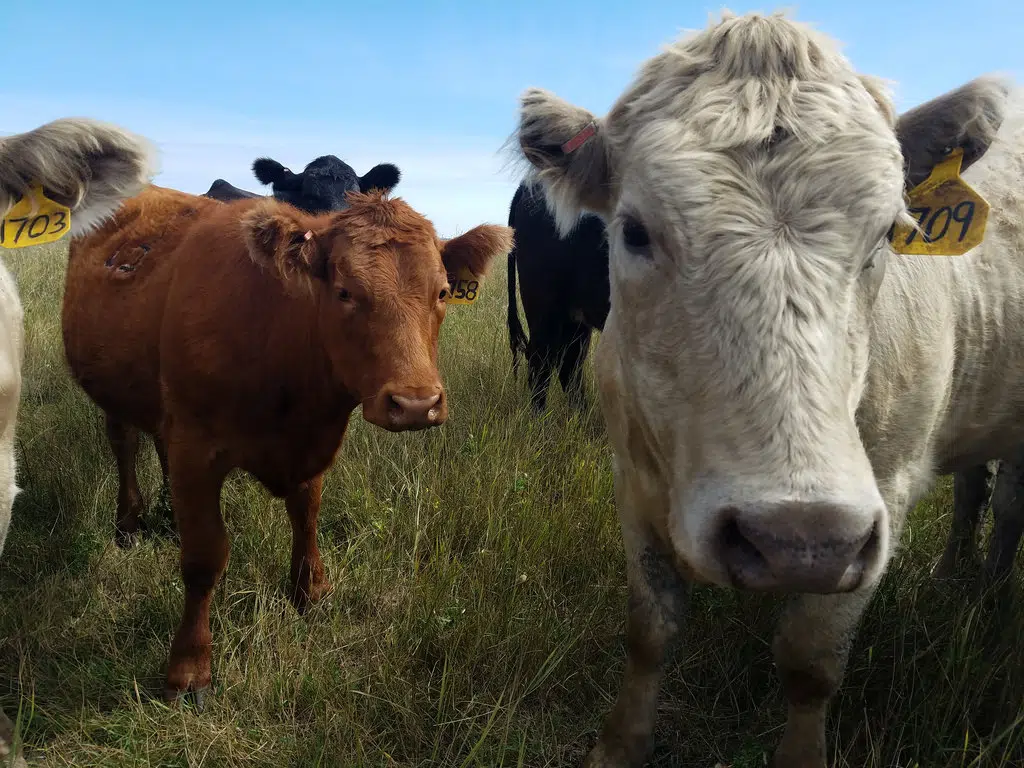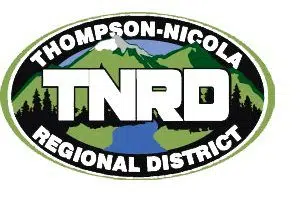
The province is reminding ranchers and farmers of their requirement to register the location of their livestock ahead of wildfire season.
It says registering with Premises ID will ensure emergency responders have access to accurate information on livestock locations in the event of an emergency.
That would allow emergency responders to act quickly during events such as evacuations or disease outbreaks. The ministry says registering for Premises ID is mandatory in B.C., but is both free and confidential.
“Ranchers and farmers are deeply committed to the well-being of their animals, especially in times of crisis,” said Lana Popham, Minister of Agriculture and Food. “By registering with Premises ID, they ensure emergency responders have access to fast and accurate information — providing critical support and peace of mind when every second counts.”
Premises ID is mandatory in British Columbia. Registration is free and confidential. The program helps link livestock and poultry to the geographic areas where they are kept. This information helps emergency responders reach animals faster so they can quickly prioritize assistance during evacuations or animal disease outbreaks.
“As we approach another wildfire season, it is important that we use what we have learned from the previous years of fire events,” said Kevin Boon, general manager, BC Cattlemen’s Association. “Premises ID has become a cornerstone of our communications and co-ordination for livestock welfare and movement. Making sure your operation is registered is one more way to help us help you with things like the Ranch Liaison and Range Rider programs.”
Mike Knauff is the Emergency Program Coordinator with the TNRD. He says it has used it the last few years very successfully. “So the process is that once we declare an alert in an area, the Minister of Agriculture is able to produce through their premise ID program, a list of producers their contacts and what sort of agricultural animals they may have on their premise. So this allows us to reach out to those producers and determine whether they have an evacuation plan or if they need supports for evacuation.”
“The producers are ultimately responsible for the care of their own animals,” said Knauff. “Plan A is that the producer has an evacuation plan, and when they enter into the alert phase, they start to execute that plan. In the absence of that plan, or when resources are very limited and the producer needs support, the TNRD is able to engage and assist those producers in evacuation. We bring in specific staff to fill what we call our agriculture liaison position, and that position reaches out and helps orchestrate some of those resources.”
Knauff notes that most of the producers within the TNRD are very proactive. “This is their livelihood they’re looking after. So, you know, they, they are the most interested party, and are very vested in this discussion. So typically, yes, the producers are moving their animals to safety during the alert stage, and are very proactive at doing that.”
Quick Facts:
- The main priority of the mandatory Premises ID program is to help producers and communities prepare for emergencies and be better equipped to respond to them.
- There are more than 10,000 ranchers and farmers registered with Premises ID with 100% supply-managed (i.e., dairy cattle and poultry) participation and over 80% of cattle producers.
- Premises ID is one of three pillars of an effective livestock traceability system, along with animal identification and animal movement reporting.
- Premises ID registration is currently mandatory in British Columbia, Alberta, Saskatchewan, Manitoba, Quebec and Prince Edward Island.
Learn More:
Premises ID registration: https://apps.nrs.gov.bc.ca/ext/pid-ext/
Additional information on who needs to register for premises ID and what types of animals, is available here: https://www2.gov.bc.ca/gov/content/industry/agriculture-seafood/programs/premises-id















